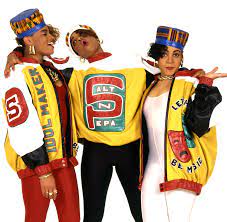The Origins of Hip-Hop
Originating in the Bronx in the 1970s, hip hop was developed among the Latino and black communities. The origins of hip-hop are more complex than previously thought. Many of the rituals that are practiced in hip-hop were brought to America via the slave trade. Slaves from the Caribbean brought with them different aspects of music that would later be incorporated into the creation of hip-hop. Hip-hop influenced a lot of urban lifestyle trends. The genre was expressed through language, clothing style, art, and gestures. Many things that are seen in the mainstream media today stem from hip hop including breakdancing, graffiti, DJing, MCing, and rapping. Hip-hop was a genre that helped to pave the pathway to a new form of self-expression that almost dominated the late 20th century.
The Five Pillars of Hip-Hop
Breakdancing
Also known as b-boying/b-girling or breaking, breakdancing is a street dance that originated from the Puerto Rican and African American communities within the United States. A person who is devoted to breakdancing would be considered a b-boy. They’re accredited with creating the concept of breakdancing through their constant dance battles. Breakdancing consists mostly of four styles of dance, which include downrock, toprock, freezes, and power moves, while being set to music that contain drum breaks, more specifically in funk, hip-hop, breakbeat, and soul music. Groups that formed in the 1970’s such as the Rock Steady Crew took breakdancing to an entire new level and played a crucial role in the popularization of it.
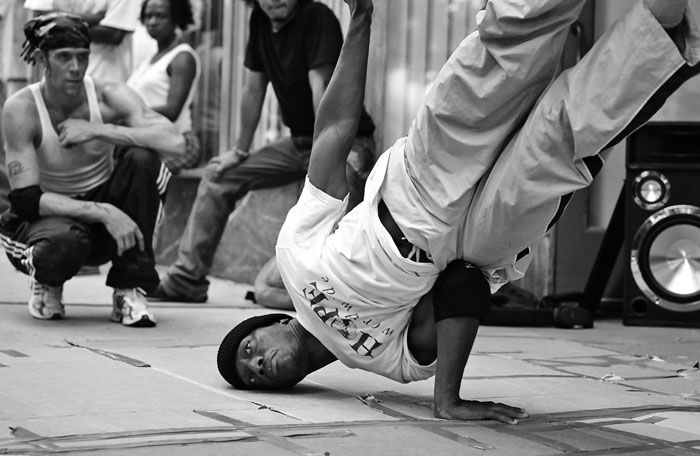
Graffiti
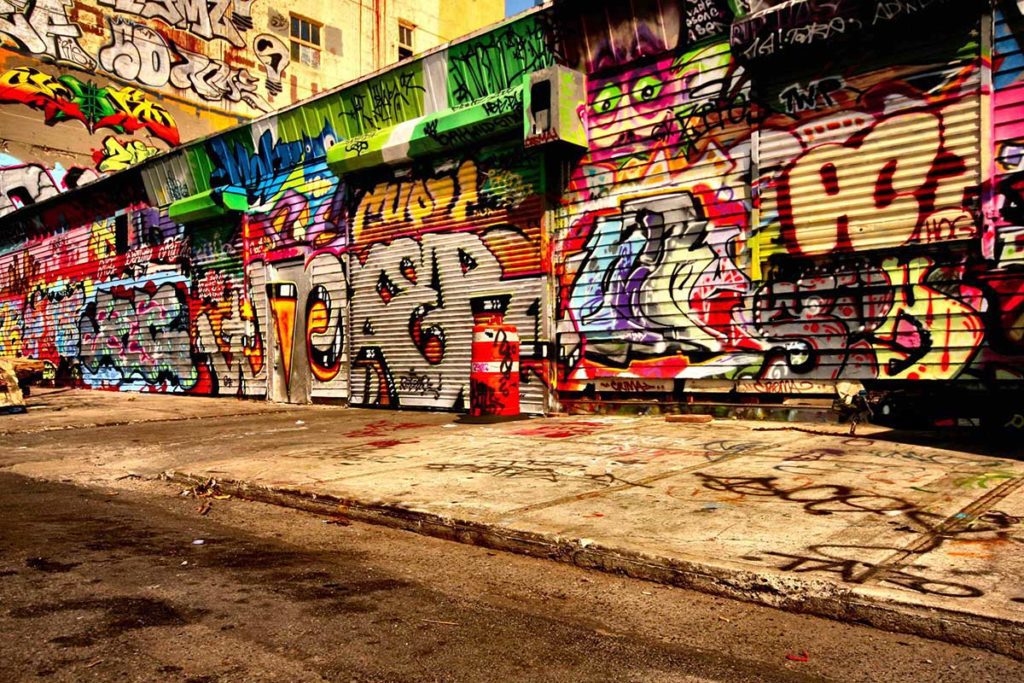
Graffiti accounts for the artistic component of hip hop. To some, graffiti is seen as a work of art and cultural expression that can communicate messages to those who choose to interpret it in a meaningful way. Some scholars believe that it aids the youth culture in the development of self-identification. Like the other variants of hip-hop, graffiti also conveys opposition. It challenges what societies deems as art, property, and public space as well. Due to the fact that graffiti is typically executed illegally, it’s more easily misunderstood and found as a disturbance rather than a statement.
DJing
DJing (also known as disc jockeying) was popularized in the mid 1970’s DJs attracted crowds who wanted to listen to alternative and affordable music instead of going to overpriced clubs. There are several variants of disc jockeys, such as radio personalities or radio DJs, club DJs, and mobile DJs. Radio DJs play and introduce music that gets transmitted on FM, AM, digital, shortwave, or internet radio stations. Mobile DJs move around with portable sound systems and play pre-recorded songs at various events. Club DJs choose and play songs in nightclubs, bars, parties, raves, and even stadiums. As the art of DJing progressed, many DJs figured out how to scratch and use breakbeats.
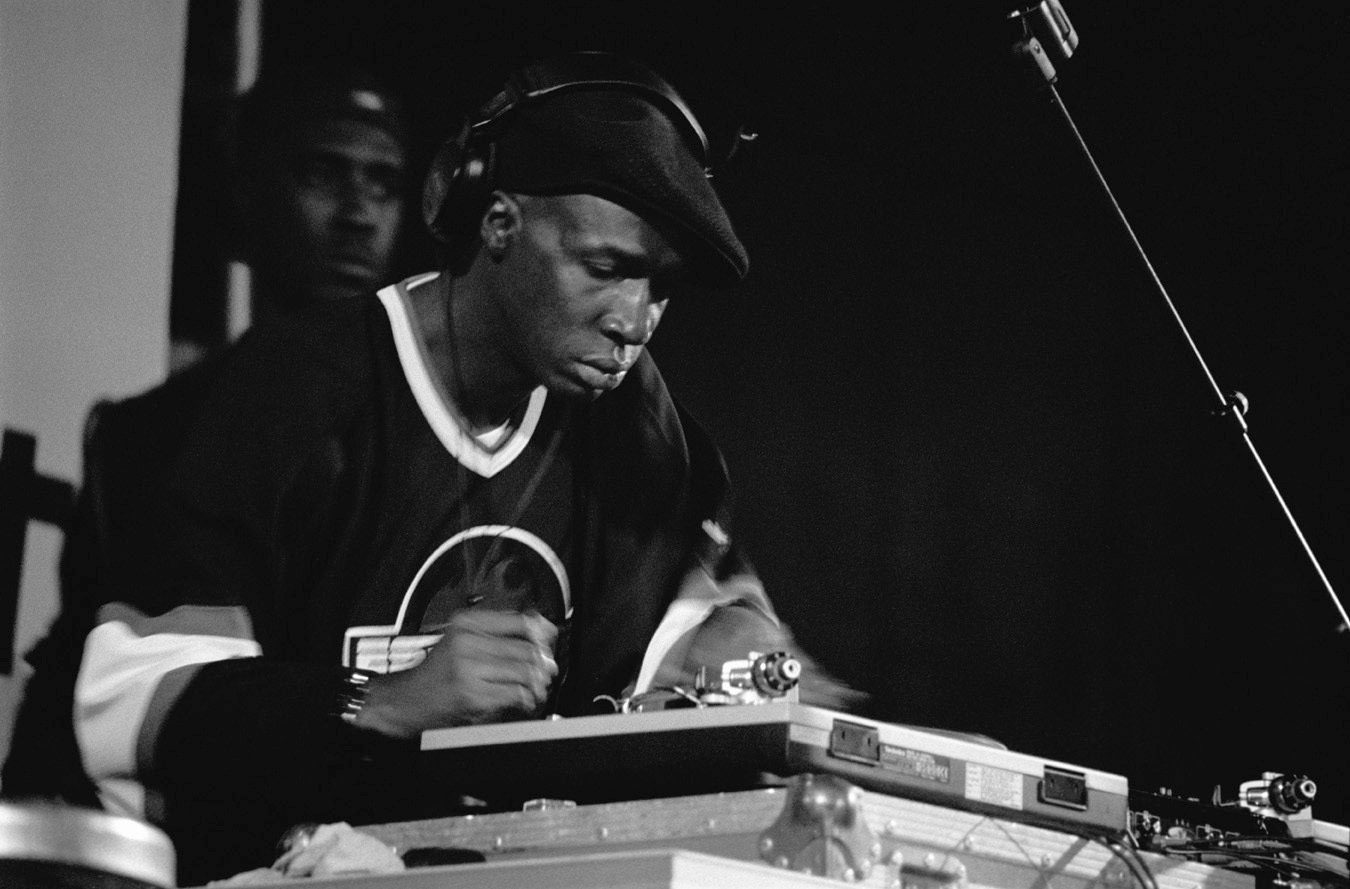
MCing
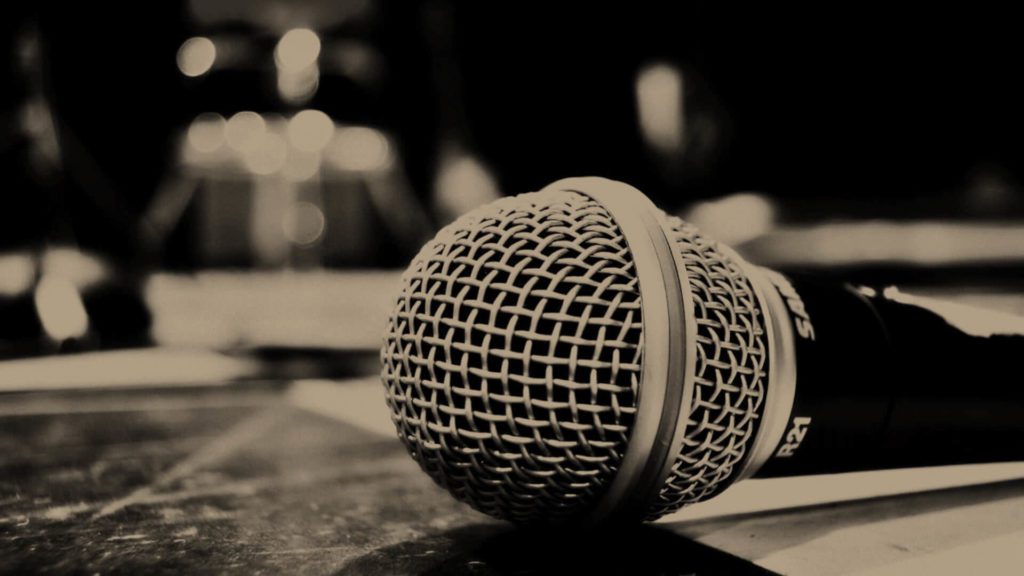
MCs were more than often rappers who specialized in lyrical mastery. They used the call-and-response method to interact with the crowd. MC’s tend to freestyle and rap battle. This variant of hip-hop is viewed as a way of metrically using verbosity, being traced all the way back to the culture of ancient Africa and their oral tradition. MCing is also perceived as “rapping”, while being a component that enabled the African American culture to develop with the conditions of society. This in itself was a form of self-expression and influenced others to freely express themselves as well.
Fashion
The hip hop genre also heavily influences the fashion sphere. People who participated in this genre had a distinct dress code which often consisted of brands such as Adidas, Puma and Lee Jeans. People often wore baggy clothing in this time period as well, most likely due to the billowing nature of the hand-me-downs occurring in the city. This fashion statement was a blend of streetwear with ingenuity, while being a mix and match of clothing for those who had access to it, styling it up, and discovering new ways to strut their new look with pride. As the genre gained popularity, the youth began to submerge themselves in its influence, participating in clothing trends and acts of graffiti.
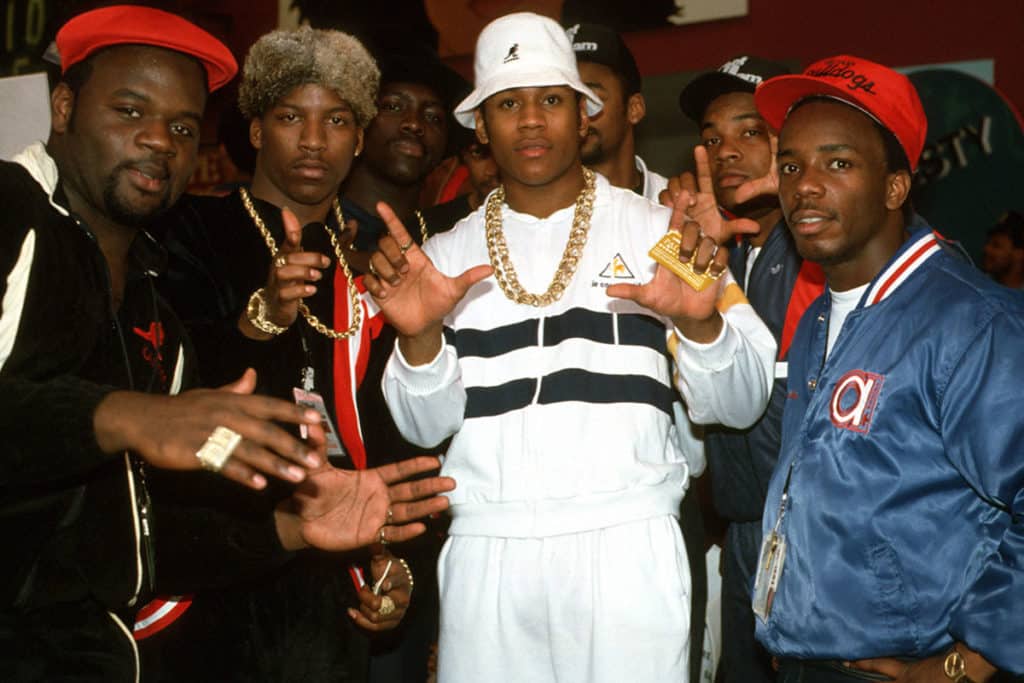
Conclusion
In order to successfully indulge in the culture of hip-hop, one would be required to practice, work hard and be beyond dedicated. No hip-hop artist was proficient in breakdancing, tagging, djing, or rapping from the start of their journey. Hip-hop and its various styles were able to create something special for communities in significant cities, and this enabled them to hinder the sequence of hatred and violence. This monumental genre was and still is a gesticulation for conveying their thoughts and emotions as they communicated what they were going through.

